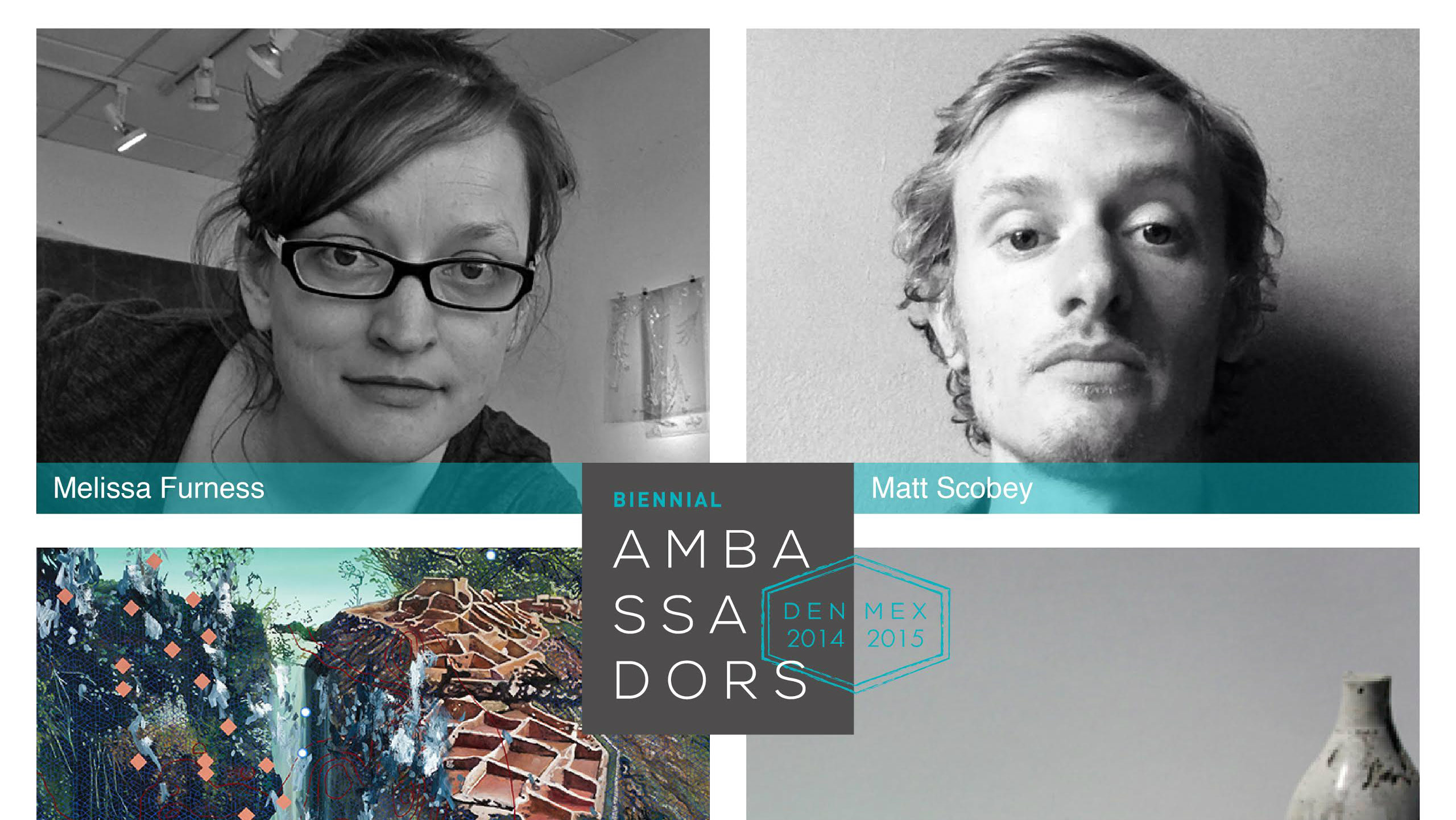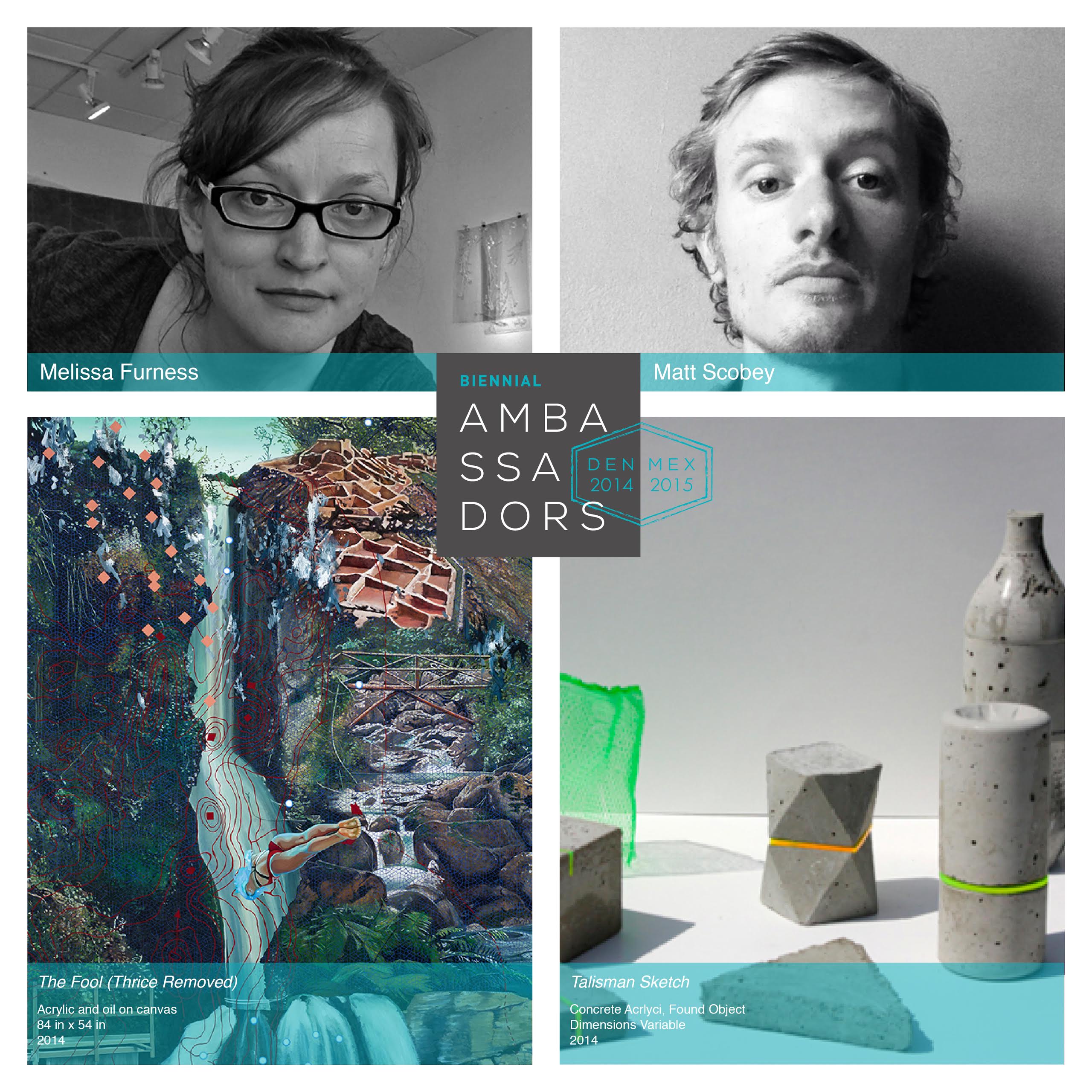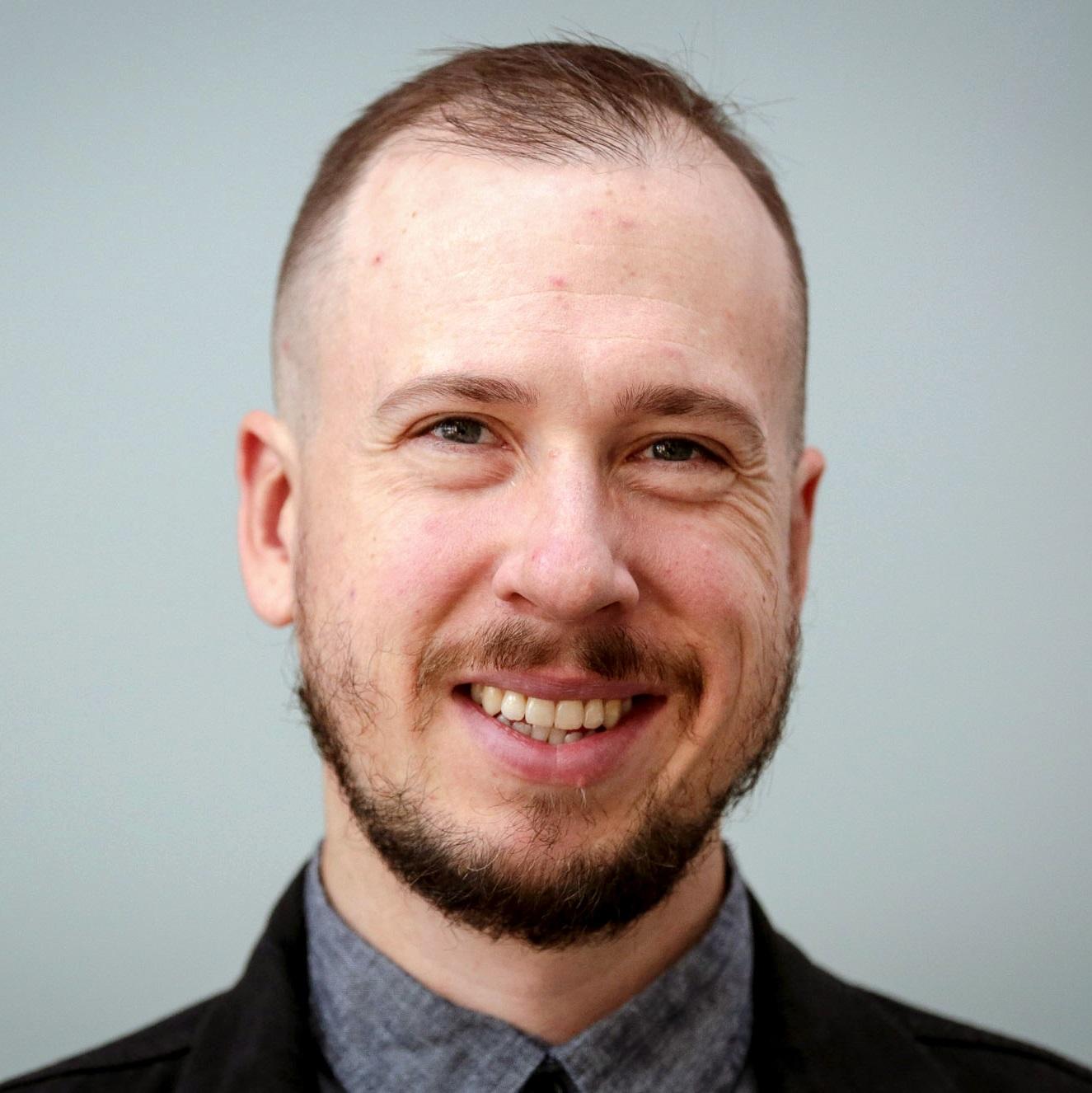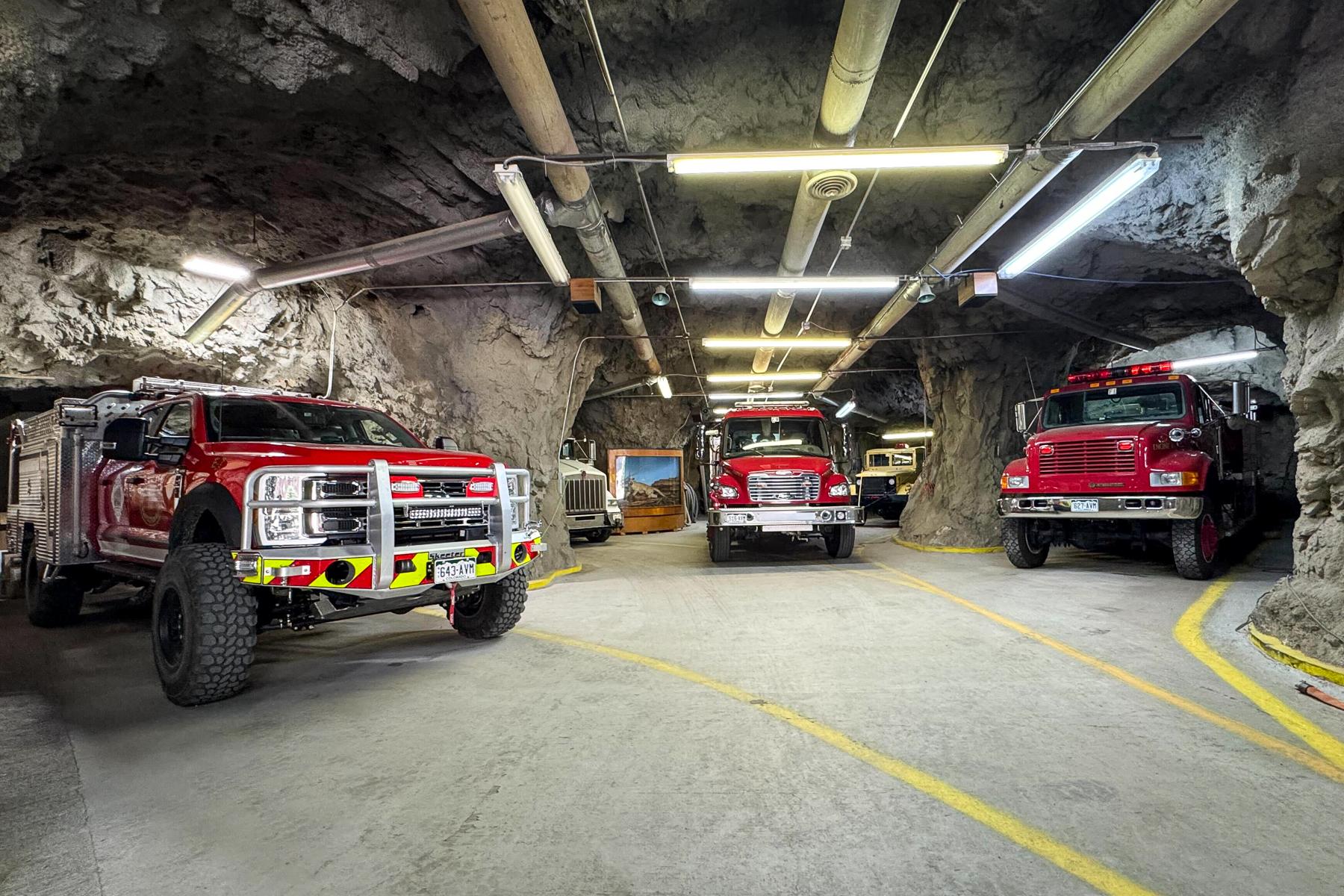

Editor's note: The following report comes from CPR contributor Whitney Eulich in Mexico City and CPR arts reporter Corey Jones in Denver.
The Biennial of the Americas returns to Denver for its third installment this summer. It’s a festival of cultures and ideas from all over the Americas. This year, organizers hope to deepen the connection with Mexico City via an exchange program that has four artists trading cities to explore each other’s communities.
For Matt Scobey, no two days have been the same during his time in Mexico City.
The Denver-based installation artist arrived in January to start a ten-week residency. Scobey walks three miles to and from his art studio in the city’s crowded historic center, climbing pedestrian foot bridges and dipping under highway overpasses each day. En route, he takes in the scenes of daily life that inform his artwork.
“This city is alive, like physically alive,” Scobey says. “Everything is in process and in motion. It’s amazing to see.”
Mexico City has more museums per capita than anywhere else in the world. But many people living outside Latin America don’t know much about the city’s vibrant art scene.
“Many people from the States think that Mexicans just go with a donkey, big hats, tequila and piñata,” Laura Cortes Hesselbach, project manager at SOMA, says. “But Mexico’s much more than that.”
SOMA -- a contemporary art and education center in Mexico City -- is sponsoring the Denver artists’ residencies. Founded in 2009, SOMA hosts cultural exchanges a couple of times a year. But the Biennial exchange represents the center’s first-ever swap with U.S. artists.
“When they first arrive, they have this general idea of what Mexico is, but most of the time that idea changes,” Hesselbach says. “That’s very good not just for SOMA, but also for Mexico. Mexico is built by all of these different impressions.”
Scobey is struck by Mexico City’s contrasts: the ornate Art Deco architecture abutting modern concrete slab houses; the perfume of bright purple jacaranda trees mixing with the stench of raw sewage; over-crowded, smoke-belching buses barreling past luxury cars.
“I can’t stress enough about this balancing act this city plays between these beautiful interactions and the brutal reality of what life really is like for most people,” Scobey says.
The artist is trying to work these contrasts into his artwork, including an installation he’s creating for the Biennial in July.
Scobey also uses materials and objects he finds during his treks, including plastic bags and shrubs. He’s experimenting with making floor tiles by pouring concrete -- another homage to Mexico City -- over them. The aim is to make something beautiful out of trash, with the wrinkles replicating the look of the intertwining veins of marble.
Scobey says he wants to bring home to Denver an impression of the resilience and the industriousness of Mexico City and the ingenuity of its people.
“I feel like there are a lot of people in this country who make a lot out of very little,” Scobey says. “What I'm trying to reference is people making something out of nothing, and I feel like that's a way of life here."
Sister sculptures spur study of public art
Cristobal Gracia stares straight up at what looks like a giant stack of French fries. It towers over the Mexico City artist’s 5-foot-7-inch frame.
The canary-colored sculpture is called "Articulated Wall." The well-known Denver work -- completed by Austrian artist Herbert Bayer in 1986 -- stands 85 feet tall near the Broadway exit on I-25.
"People refer to it as the ‘Fry Stack,’” Gracia says. “I'm really interested in how people adopt these kinds of monuments."
Monuments and statues fascinate Gracia. In fact, his home town has its own version of this very same sculpture also created by Bayer. But it went up nearly two decades earlier for the 1968 Olympics. And it carries a different connotation.
Gracia looks at public art through a certain lens -- that it can be a statement from the government that supports it.
He says the Mexico City sculpture was meant to reflect modernism and to promote progress. But it overlooked a blighted neighborhood that never really changed. Eventually, officials moved the sculpture to make room for a second highway.
"It's really interesting what the sculpture tried to mean when it was built and what has it become,” Gracia says. “This idea of progression being a complete lie. And you can see it in the degradation of the sculpture."
And that degradation -- like the peeling paint and graffiti marks on both sister sculptures -- changes the meaning of art over time, he says.
In Mexico City, Gracia co-directs an independent art space called Bikini Wax. It houses creatives and hosts exhibitions and conversations. Gracia uses a variety of media, producing works from big installations to photographs.
The 27-year-old grew up near Bayer’s sculpture erected in Mexico City in 1968. That year also saw the Tlatelolco massacre, where an unknown number of students were killed by police as they protested the authoritarian regime.
“In personal history, my father was part of the massacre -- he was one of the students protesting against the government,” Gracia says. “This idea of power and control is really related to how the politics use these kinds of huge structures and monuments in order to control.”
Of course, the history of Denver’s sculpture is different. It’s not in a blighted neighborhood. But Gracia notes it doesn’t draw many people either. So he wants to examine how these two different histories intersect.
Gracia's immediate interest in the sister sculptures caught Adam Gildar's attention. Gildar, ArtPlant director and a Denver gallery owner, picked Gracia as one of the two artists-in-residence from Mexico City for the Biennial exchange.
"Just the notion that he was already thinking about these tethers between spaces and ideologies was very telling to me," Gildar says. “He was somebody that would evolve in really interesting and poignant ways with the environment in which he would be placed.”
Since starting his residency in Colorado in mid-February, Gracia has visited museums, galleries and attractions. He’s engaged with artists, students and the public.
As part of the 2015 Biennial, Gracia will further explore how monuments and public art serve as tools to convey messages. He’s sorting it as he goes in his temporary space at TANK Studios. At this point, Gracia plans to make his own sculptures and incorporate video.
"Art for me is also a way to relate with the world and kind of understand my relationship with the world,” Gracia says.
That’s the idea of the Biennial. And Museo de las Americas director Maruca Salazar says it can also spur challenging conversations on topics like immigration and the economy in a more casual setting.
“The Biennial will be like a catharsis for all of us to think about it and to have a more positive approach to it by simply gathering communities and placing them together to enjoy an event,” Salazar, a Mexico native, says.
The artists participating in the exchange will share their work in an exhibition that opens during Denver’s 2015 Biennial of the Americas. The festival takes place July 14 - 18 with some events running through August 30.
Read more about Scobey’s residency and Gracia’s residency.
Artist-in-residence dates:
Matt Scobey (in Mexico City): Jan. 12 - March 23
Cristobal Gracia (in Denver): February 16 - April 27
Melissa Furness (in Mexico City): April 6 - June 14
Daniel Monroy Cuevas (in Denver): April 26 - July 6
Whitney Eulich is a print and radio producer based in Mexico City, with family across the state of Colorado. Follow her on twitter @weulich.









